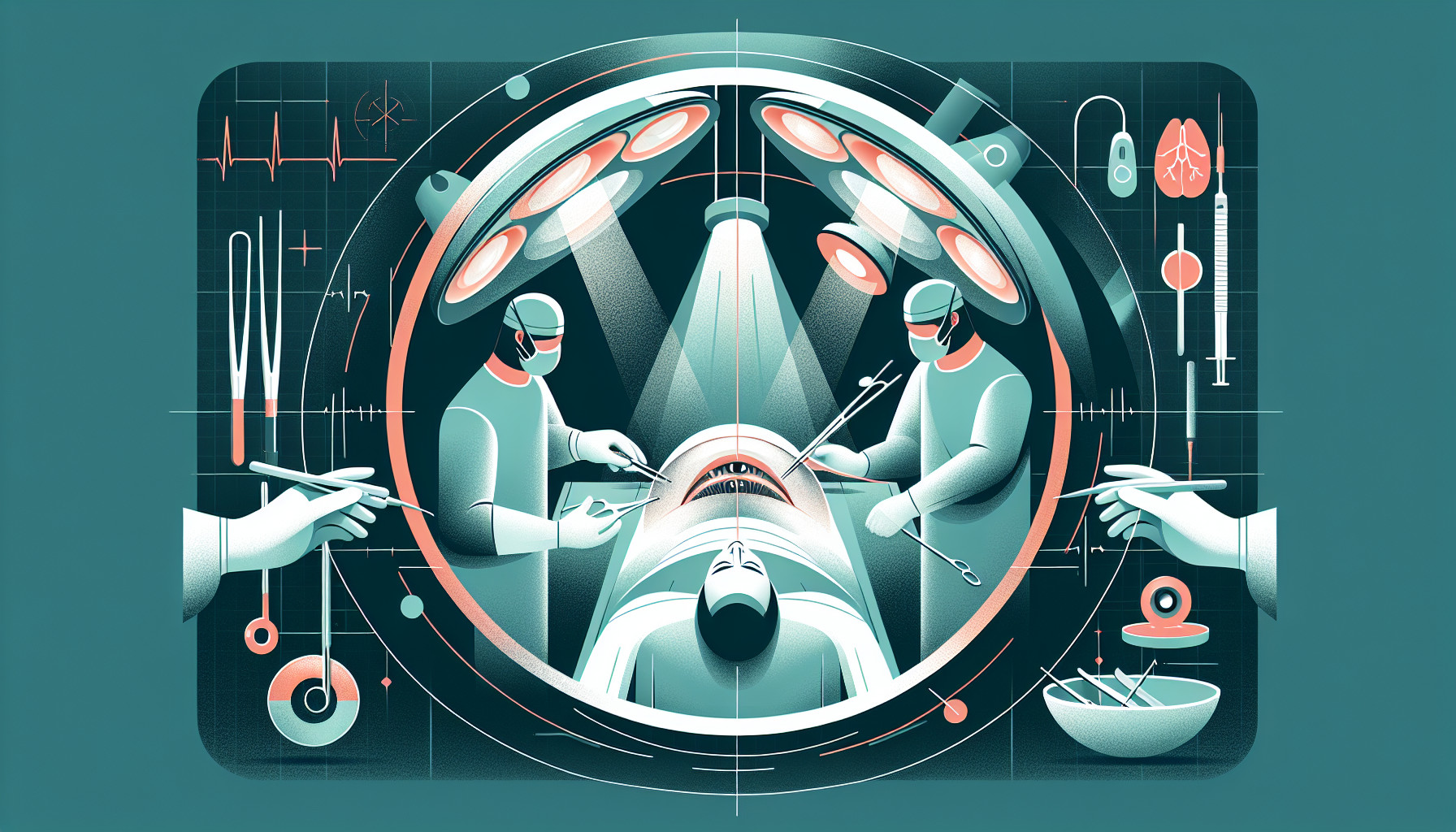Our Summary
This research paper is about a newer method of performing cataract surgery, called femtosecond laser-assisted cataract surgery. The scientists compared this new method to the traditional method, known as phacoemulsification cataract surgery.
The researchers found that the new laser method has some benefits, such as reducing the time needed for the surgery and the loss of cells in the inner layer of the cornea. It also allows for more precise incisions and better centering of the artificial lens that’s implanted during surgery.
However, there are also some downsides. The laser method is more expensive, can cause specific complications during the surgery, and requires a learning curve for surgeons. There is also a risk of the pupil narrowing during the procedure.
While the laser method seems beneficial for certain patients, such as those with a low number of cells in the inner layer of the cornea or those planning to receive a multifocal intraocular lens, it may not be beneficial for all cases. Therefore, considering its high cost, it may not be a cost-effective option for every patient.
FAQs
- What are the benefits of using the femtosecond laser-assisted cataract surgery method over the traditional phacoemulsification method?
- What are the potential downsides or risks associated with the femtosecond laser-assisted cataract surgery?
- For which patients might the laser method be more beneficial and cost-effective?
Doctor’s Tip
A doctor might tell a patient considering cataract surgery to carefully weigh the potential benefits and risks of femtosecond laser-assisted cataract surgery compared to traditional phacoemulsification surgery. It’s important to discuss with your surgeon which method is best suited for your individual case and goals for the surgery. Additionally, make sure to ask about the specific costs involved in the laser method and if it is covered by insurance. Ultimately, the most important thing is to choose the method that will provide the best outcome for your vision and overall eye health.
Suitable For
Typically, patients who are recommended for cataract surgery are those who experience symptoms such as blurry vision, difficulty seeing at night, glare or halos around lights, faded colors, or frequent changes in their eyeglass prescription. Cataract surgery is usually recommended when these symptoms start to interfere with daily activities and quality of life.
Additionally, patients with cataracts that significantly affect their vision and are causing difficulty in performing daily tasks are also recommended for surgery. Other factors that may influence the decision to undergo cataract surgery include the overall health of the patient, their expectations for the surgery, and any other eye conditions they may have.
Overall, the decision to undergo cataract surgery is typically made on a case-by-case basis by the patient and their ophthalmologist, taking into consideration the severity of the cataracts, the impact on vision, and the patient’s individual circumstances.
Timeline
Before cataract surgery:
- Patient experiences symptoms of cataracts, such as blurry vision, glare, and difficulty seeing at night.
- Patient visits an ophthalmologist for an eye exam to confirm the presence of cataracts.
- Ophthalmologist discusses treatment options, including cataract surgery, with the patient.
- Patient undergoes pre-operative testing, such as measurements of the eye and general health assessment.
- Patient schedules a date for cataract surgery and receives instructions on how to prepare for the procedure.
After cataract surgery:
- Patient arrives at the surgical center or hospital on the day of the surgery.
- Anesthesia is administered to numb the eye and ensure patient comfort during the procedure.
- The surgeon performs the cataract surgery using either the traditional phacoemulsification method or the newer femtosecond laser-assisted method.
- The clouded lens is removed, and an artificial lens is implanted in its place.
- Patient is monitored for a short period after the surgery to ensure there are no complications.
- Patient is discharged with instructions on how to care for the eye post-surgery, including the use of eye drops and follow-up appointments.
- Patient may experience temporary blurred vision, sensitivity to light, and mild discomfort in the days following surgery.
- Over time, the eye heals, and vision gradually improves as the artificial lens settles into place.
What to Ask Your Doctor
- What are the potential benefits of femtosecond laser-assisted cataract surgery compared to traditional phacoemulsification surgery?
- What are the potential risks or complications associated with femtosecond laser-assisted cataract surgery?
- How does the cost of femtosecond laser-assisted cataract surgery compare to traditional surgery, and will insurance cover the additional cost?
- Are there specific criteria or conditions that make a patient a better candidate for femtosecond laser-assisted cataract surgery?
- How experienced is the surgeon in performing femtosecond laser-assisted cataract surgery, and what is their success rate with this method?
- How long is the recovery time expected to be for femtosecond laser-assisted cataract surgery compared to traditional surgery?
- What are the potential long-term outcomes and benefits of femtosecond laser-assisted cataract surgery for my specific case?
- Are there any specific lifestyle changes or precautions I should take before or after undergoing femtosecond laser-assisted cataract surgery?
- Will I still need to wear glasses or contact lenses after undergoing femtosecond laser-assisted cataract surgery, and if so, to what extent?
- Are there any alternative treatment options or approaches to consider for treating my cataracts, and how do they compare to femtosecond laser-assisted cataract surgery in terms of effectiveness and safety?
Reference
Authors: Kanclerz P, Alio JL. Journal: Eur J Ophthalmol. 2021 May;31(3):1021-1030. doi: 10.1177/1120672120922448. Epub 2020 Jun 7. PMID: 32508179
